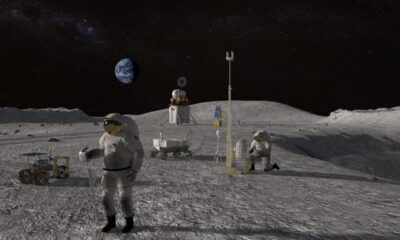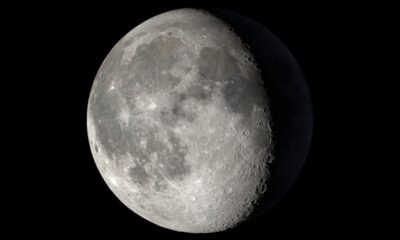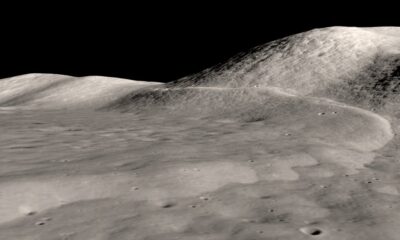Science
Mercury, Moon, and Beehive Cluster Align for Celestial Show
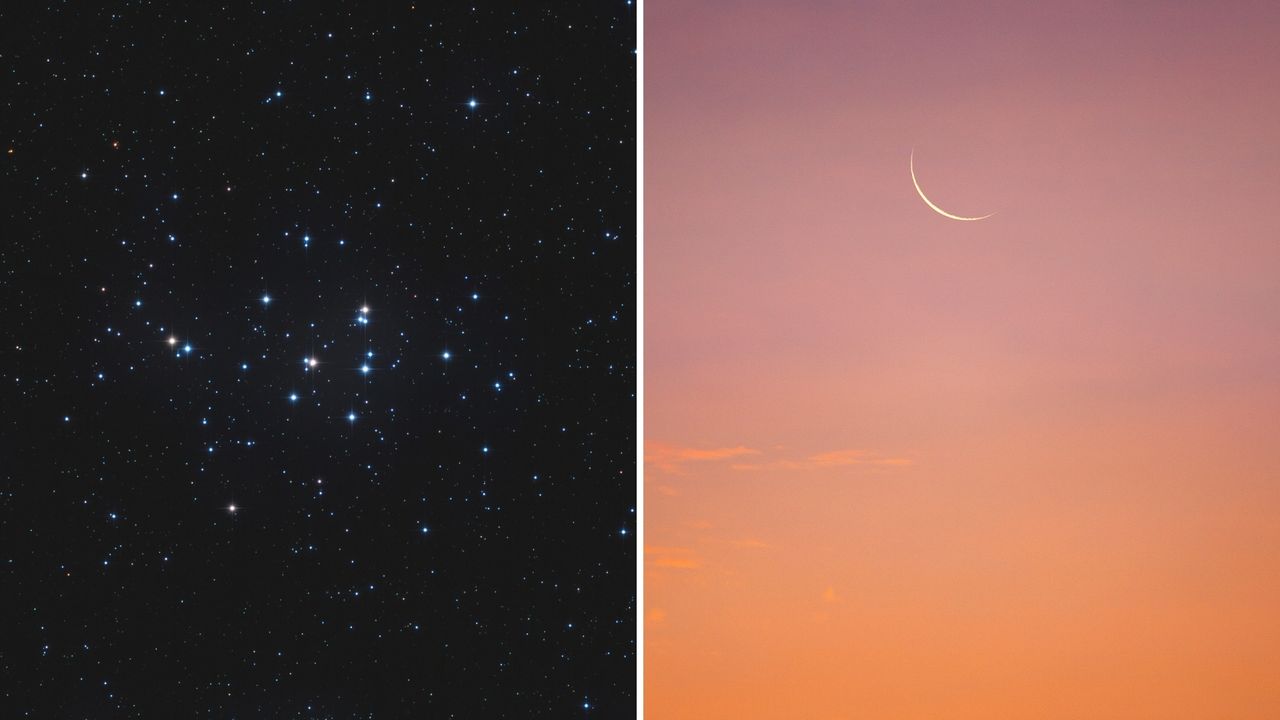
A remarkable celestial event is set to unfold in the early morning skies of August, featuring the alignment of Mercury, the Moon, and the Beehive Cluster. This display offers a rare opportunity for skywatchers to observe these astronomical objects together, particularly on the mornings of August 19 and August 21.
On the morning of August 19, Mercury will reach its greatest western elongation, marking its maximum apparent distance from the sun. To catch a glimpse of this elusive planet, enthusiasts should prepare to rise approximately 45 minutes before sunrise. Looking low toward the east-northeast horizon, observers will first notice the bright planet Venus. Then, about 15 degrees lower left of Venus, a yellowish point of light will emerge—this is Mercury, shining at a magnitude of -0.3, making it one of the brightest objects in the morning sky.
Moon to Guide Observers on August 21
The following morning, August 21, adds another celestial guide to the scene: the Moon. This slender crescent will appear only 4% illuminated, positioned roughly 5 degrees above Mercury. While binoculars can enhance the viewing experience, observers with the naked eye should still be able to spot this thin lunar crescent and, subsequently, Mercury. On this day, Mercury’s brightness will have increased, making it easier to identify amidst the stars.
Additionally, just below the Moon will be the Beehive Cluster, one of the finest open clusters visible in the night sky. Known as M44, the Beehive is located about 500 light-years away and can be best appreciated with binoculars. During the twilight period, about an hour before sunrise, this cluster can be seen forming a triangular pattern, reminiscent of an old-fashioned beehive.
Historical Context and Viewing Tips
The challenges of spotting Mercury have long been noted by astronomers. In his work “The Solar System and Back,” the renowned author Isaac Asimov highlighted that the planet is often obscured by the sun’s glare. He remarked that many people today may have never seen Mercury due to the increased light pollution in modern environments. Historically, the planet was known by different names based on its position relative to the sun, with ancient civilizations recognizing it as both Mercury and Apollo.
For those eager to witness this celestial show, it is advisable to check local sunrise times and allow time for the eyes to adjust to the dark before searching for these astronomical wonders. The alignment offers a significant opportunity for both amateur and seasoned astronomers.
As the month progresses, Mercury will continue to be visible until nearly the end of August, brightening further to a magnitude of -1 by August 28. With clear skies and a little patience, skywatchers can enjoy this stunning display of cosmic alignment.
For further insights into astronomy, Joe Rao, an instructor and guest lecturer at New York’s Hayden Planetarium, offers extensive knowledge through various publications including Natural History magazine and Sky and Telescope. His expertise enhances the understanding of these celestial events, making them accessible to a broader audience.
-

 Technology4 weeks ago
Technology4 weeks agoDiscover the Top 10 Calorie Counting Apps of 2025
-

 Lifestyle1 month ago
Lifestyle1 month agoBelton Family Reunites After Daughter Survives Hill Country Floods
-

 Education1 month ago
Education1 month agoWinter Park School’s Grade Drops to C, Parents Express Concerns
-

 Technology2 weeks ago
Technology2 weeks agoDiscover How to Reverse Image Search Using ChatGPT Effortlessly
-

 Technology3 weeks ago
Technology3 weeks agoHarmonic Launches AI Chatbot App to Transform Mathematical Reasoning
-

 Technology1 month ago
Technology1 month agoMeta Initiates $60B AI Data Center Expansion, Starting in Ohio
-

 Lifestyle1 month ago
Lifestyle1 month agoNew Restaurants Transform Minneapolis Dining Scene with Music and Flavor
-

 Technology1 month ago
Technology1 month agoByteDance Ventures into Mixed Reality with New Headset Development
-

 Technology1 month ago
Technology1 month agoRecovering a Suspended TikTok Account: A Step-by-Step Guide
-

 Technology4 weeks ago
Technology4 weeks agoMathieu van der Poel Withdraws from Tour de France Due to Pneumonia
-
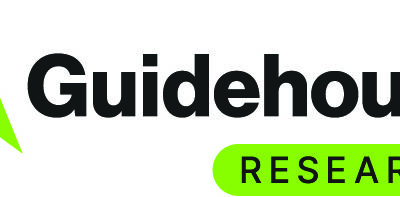
 Technology1 month ago
Technology1 month agoGlobal Market for Air Quality Technologies to Hit $419 Billion by 2033
-

 Health1 month ago
Health1 month agoSudden Vision Loss: Warning Signs of Stroke and Dietary Solutions

